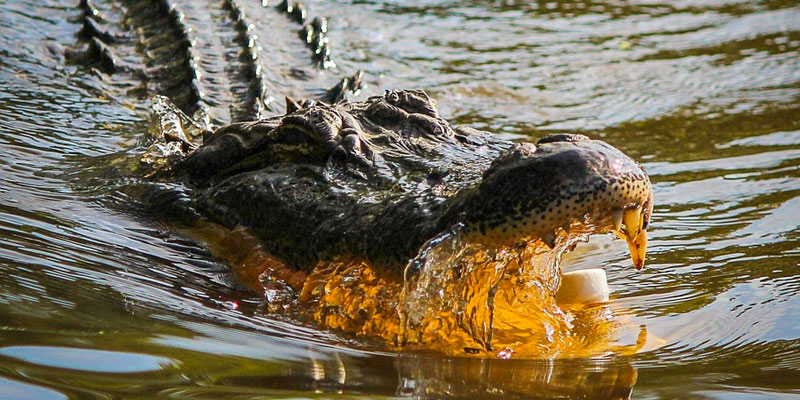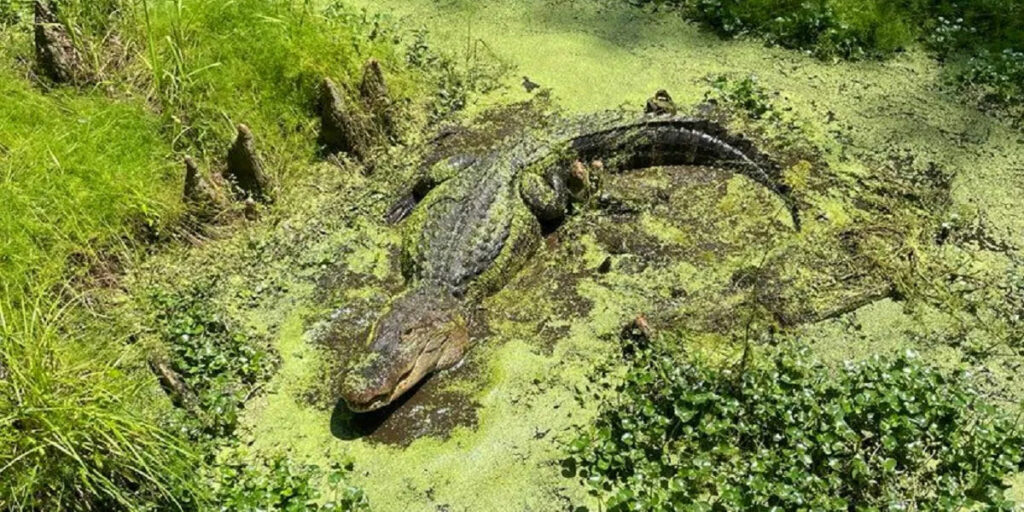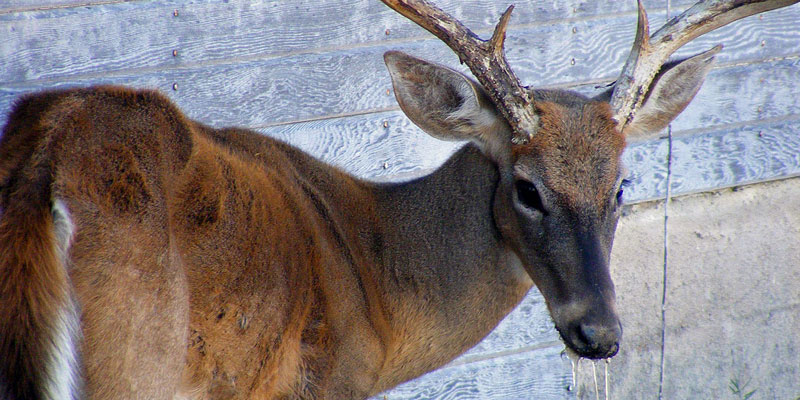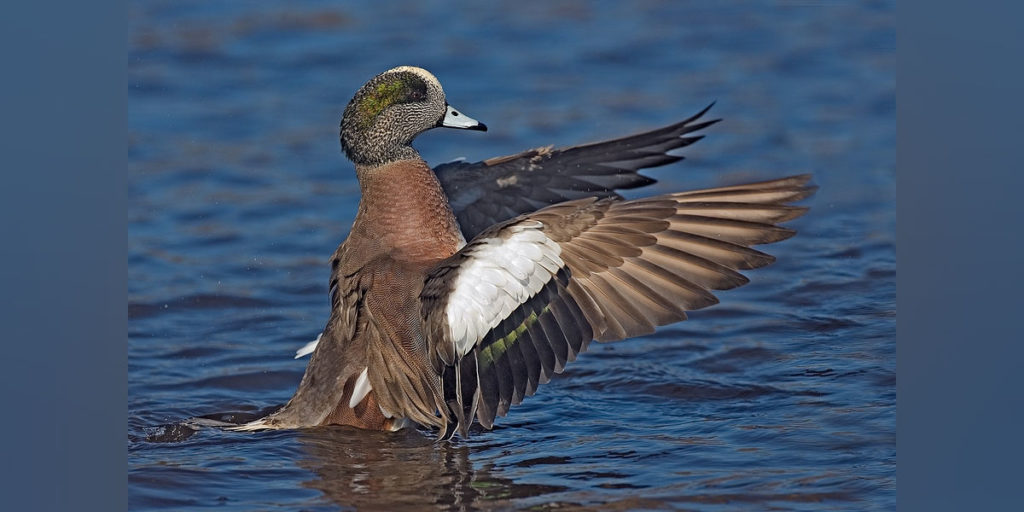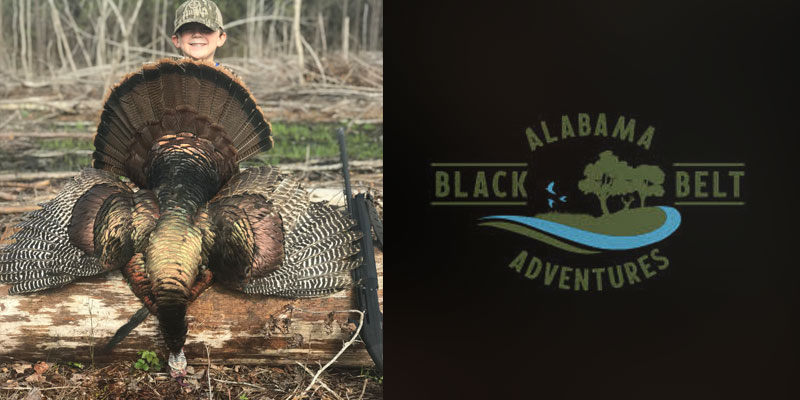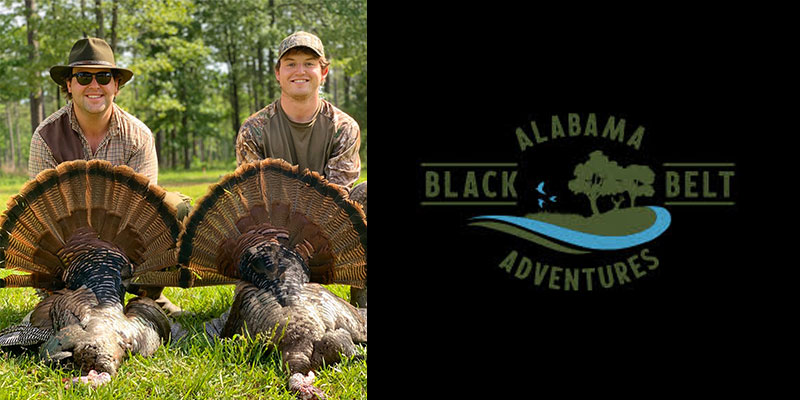Alligator season is almost here, Alabama.
For those fortunate enough to draw a tag for the 2018 season, it will soon be time to head out on the rivers, bays and bayous and get to hunting.
Chris Nix, Alabama Wildlife and Freshwater Fisheries’ Alligator Program Coordinator, said in a press release that this year’s season parameters are the same as 2017, with 260 total tags across Alabama – 150 in the Southwest Zone, 50 in the West Central Zone, 40 in the Southeast Zone and 20 in the Lake Eufaula Zone.
Information and expert tips regarding Alabama’s 2018 alligator season can be found below:
Per the Department of Conservation and Natural Resources:
“Season dates for the Southwest Zone and the West Central Zone are sunset on August 9 until sunrise on August 12 and sunset on August 16 until sunrise on August 19. The Southwest Zone includes private and public waters in Baldwin and Mobile counties and private and public waters in Washington, Clarke and Monroe counties that lie east of U.S. Highway 43 and south of U.S. Highway 84. The West Central Zone includes private and public waters in Monroe (north of U.S. Highway 84), Wilcox and Dallas counties.
The Southeast Zone season opens at sunset on August 11 and runs until sunrise on September 3. The Southeast Zone includes private and public waters in Barbour, Coffee, Covington, Dale, Geneva, Henry, Houston and Russell counties (excluding public Alabama state waters in Walter F. George Reservoir/Lake Eufaula and its navigable tributaries).
Hunting is from sunset to sunrise except for the Lake Eufaula Zone, where hunting is allowed during daytime hours as well.
The Lake Eufaula Zone includes public state waters only in the Walter F. George Reservoir/Lake Eufaula and its navigable tributaries south of Alabama Highway 208 at Omaha Bridge (excludes Eufaula National Wildlife Refuge). The Eufaula season dates are from sunset on August 17 through sunrise on October 1.
An 8-foot restriction on harvest is in effect for the Lake Eufaula Zone. The other zones have no size restrictions.”
Nix shared some pearls of wisdom for aspiring hunters.
“Between 60 and 70 percent of the tags are filled annually, but it’s not because of a lack of alligators, especially in the Southwest Zone,” Nix said in an email. “Alligator tag holders could have a 100-percent success rate in the Southwest Zone, but some hunters pass up gators only to regret it later.”
“The alligators are here,” he said. “You’ve just got to be at the right place at the right time.”
For hunters who are not familiar with their chosen areas, Nix explains that scouting can be very beneficial.
“Pre-scouting is good, but pre-scouting for alligators is counter-productive,” he emphasized. “It will be much more useful to scout the habitat and where you might find alligators than trying to look for a particular alligator, especially for people unfamiliar with the waters. And get familiar with the area during the daytime.”
Nix then went into helpful specifics about the different hunting locales.
“In the Southwest Zone, we have shallow-water bays with tide fluctuations,” he wrote. “The West Central Zone has stump flats and water level fluctuations from the reservoirs. If you have a tag from Eufaula, be familiar with the boundary between Alabama and Georgia as well as the boundaries of the Eufaula National Wildlife Refuge, which is off-limits to alligator hunting.”
Another crucial tidbit from Nix is how to determine the size of a free-roaming alligator.
“You can estimate the size of an alligator by the measurement of inches from the bottom of the eye socket to top of the nostril,” he detailed. “When you change those inches into feet, it will be within one foot of the total length of the gator. If you’re targeting a certain size animal, it helps save time to not hunt an animal that won’t be big enough.”
“We measure every alligator that comes in the Southwest and West Central zones. It’s a tried and true measurement,” Nix attested.
The one rule that Nix needs to stress each alligator season?
“You have to have the animal caught and secured prior to dispatching,” he warned. “That means a noose around the head or an appendage that is attached to the boat.”
For even more information on alligator season, click here.
Per the press release, the Alabama Department of Conservation and Natural Resources “promotes wise stewardship, management and enjoyment of Alabama’s natural resources through four divisions: Marine Resources, State Lands, State Parks, and Wildlife and Freshwater Fisheries.” To learn more about the department, visit their website.
Tuesday, Yellowhammer Radio’s The Ford Faction recorded a must-listen interview with a college senior who took her graduation pictures with an almost-fourteen foot alligator.
Sean Ross is a staff writer for Yellowhammer News. You can follow him on Twitter @sean_yhn




